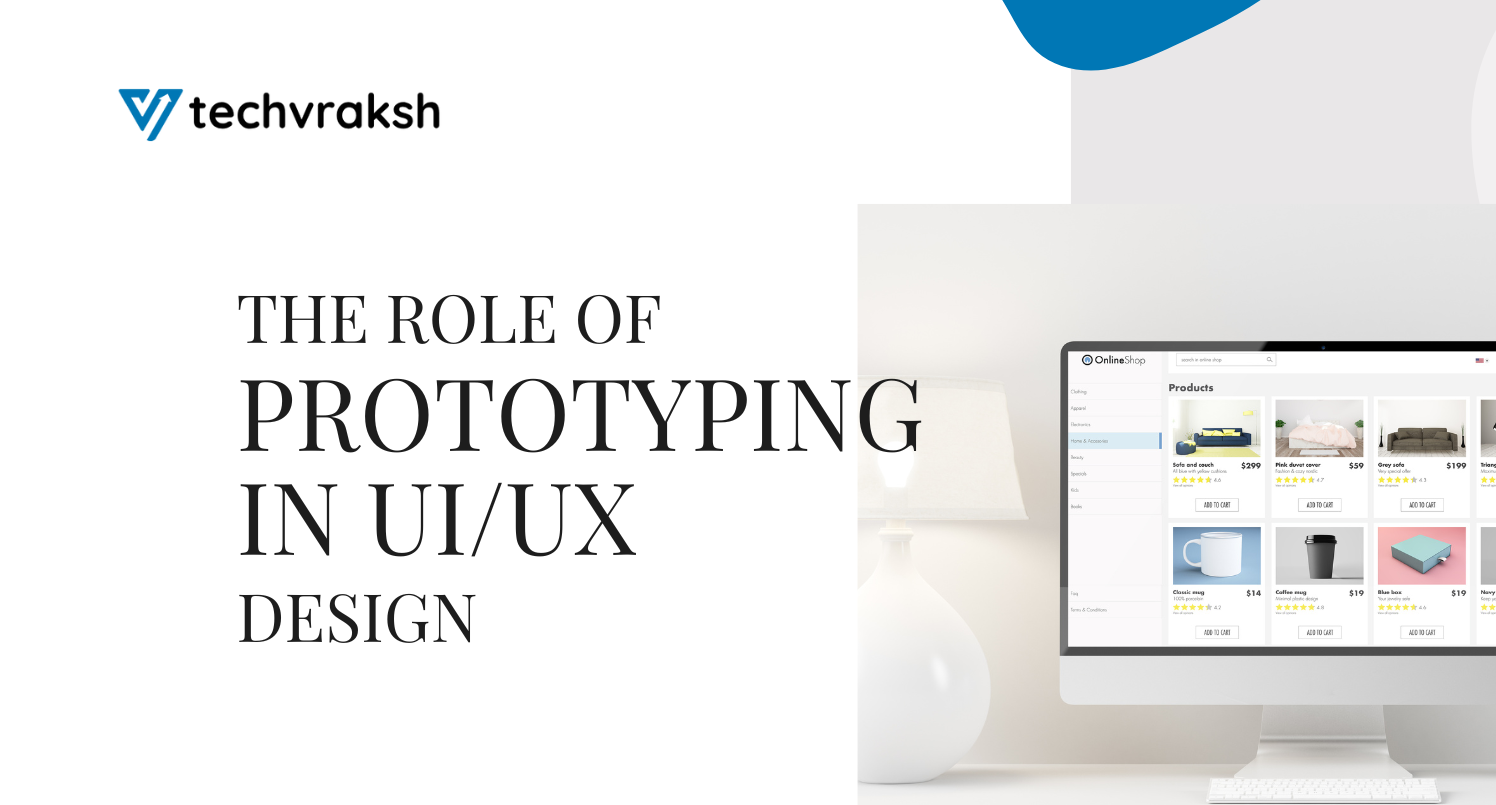In the world of UI/UX design, the path to creating intuitive, user-friendly digital products isn’t a straight line. One essential step that bridges the gap between ideas and final execution is prototyping. Prototyping allows designers to bring their concepts to life, test usability, gather feedback, and refine the user experience before investing in full development. This article will explore the role of prototyping in UI/UX design and why it’s critical to building successful digital products.
What is Prototyping in UI/UX Design?
A prototype is a mock-up or simulated version of a digital product, typically including layouts, interactions, and transitions. It allows designers, stakeholders, and end-users to experience the product’s look and feel without writing a single line of code. Prototypes can range from simple static wireframes to fully interactive models that mimic the final product’s functionality.
The Importance of Prototyping in UI/UX Design
- Early Feedback and Usability Testing
One of the key benefits of prototyping is the ability to gather early feedback from users and stakeholders. By offering a tangible version of the product before development, teams can test usability and identify pain points or confusing areas in the design. This helps ensure the product aligns with user needs from the outset.
- Cost and Time Efficiency
Making changes to a product during development is costly and time-consuming. Prototyping allows teams to catch issues early and make adjustments without extensive rework. It saves time and budget by highlighting flaws in the design and user flow at an early stage, ensuring that the final product is built on a solid foundation.
- Improved Collaboration
Prototypes foster better communication and collaboration between designers, developers, and stakeholders. Rather than discussing abstract concepts, teams can see and interact with a visual, tangible representation of the design. This visual context ensures that everyone is on the same page, reducing misunderstandings and improving decision-making.
- Testing Design Assumptions
UI/UX designers often have assumptions about how users will interact with a product. Prototyping provides an opportunity to validate these assumptions by testing the design with real users. Do users understand the navigation? Is the call-to-action (CTA) visible and clear? Is the onboarding flow intuitive? Prototyping helps answer these questions before the development stage.
- Enhanced User Experience
By prototyping, designers can fine-tune the user experience, experimenting with different interactions, transitions, and visual elements. Prototypes allow you to understand how users will interact with the product and improve features based on actual usage. This ensures that the end product delivers a seamless, intuitive user experience.
Types of Prototypes
There are several types of prototypes used in UI/UX design, depending on the stage of the project and the level of interaction needed:
- Low-Fidelity Prototypes:
These are basic wireframes or sketches that outline the layout and basic structure of the product. They are useful in the early stages of design to focus on the information architecture and general user flow. - High-Fidelity Prototypes:
These are interactive models that closely resemble the final product, including visual elements, animations, and user interactions. They allow stakeholders to experience the product as if it were live, which is ideal for usability testing and gathering feedback. - Interactive Prototypes:
These include fully clickable and scrollable designs with user interactions like hover states, button clicks, and transitions. Tools like Figma, Adobe XD, and InVision allow designers to create interactive prototypes to simulate a real user experience.
Prototyping Tools for UI/UX Designers
A variety of tools are available to streamline the prototyping process:
- Figma: Offers real-time collaboration and interactive prototypes that mirror the final product.
- Adobe XD: A powerful tool for creating wireframes and interactive prototypes with ease.
- InVision: Great for high-fidelity prototypes and detailed user testing.
- Sketch: A go-to for many UI designers, Sketch integrates well with other prototyping tools like InVision.
- Axure RP: A robust tool for creating complex, interactive prototypes with conditional logic.
When to Use Prototyping in UI/UX Design
Prototyping should be integrated at multiple stages of the design process:
- During Ideation: Low-fidelity prototypes are helpful during brainstorming sessions to visualize ideas quickly.
- Before Development: High-fidelity prototypes allow you to validate your design with stakeholders and users before investing in development resources.
- After Testing: Based on user feedback, iterating and refining prototypes ensures the final product is aligned with user needs and business goals.
Conclusion
Prototyping plays an indispensable role in UI/UX design, serving as the blueprint that guides the development of successful digital products. It empowers designers to validate concepts, improve usability, foster collaboration, and enhance the user experience—all before a single line of code is written. At TechVraksh, we integrate prototyping at every stage of our design process to ensure we deliver solutions that meet both business objectives and user needs.
By investing in effective prototyping, you can streamline your design process, reduce costs, and ultimately create digital products that users love.

